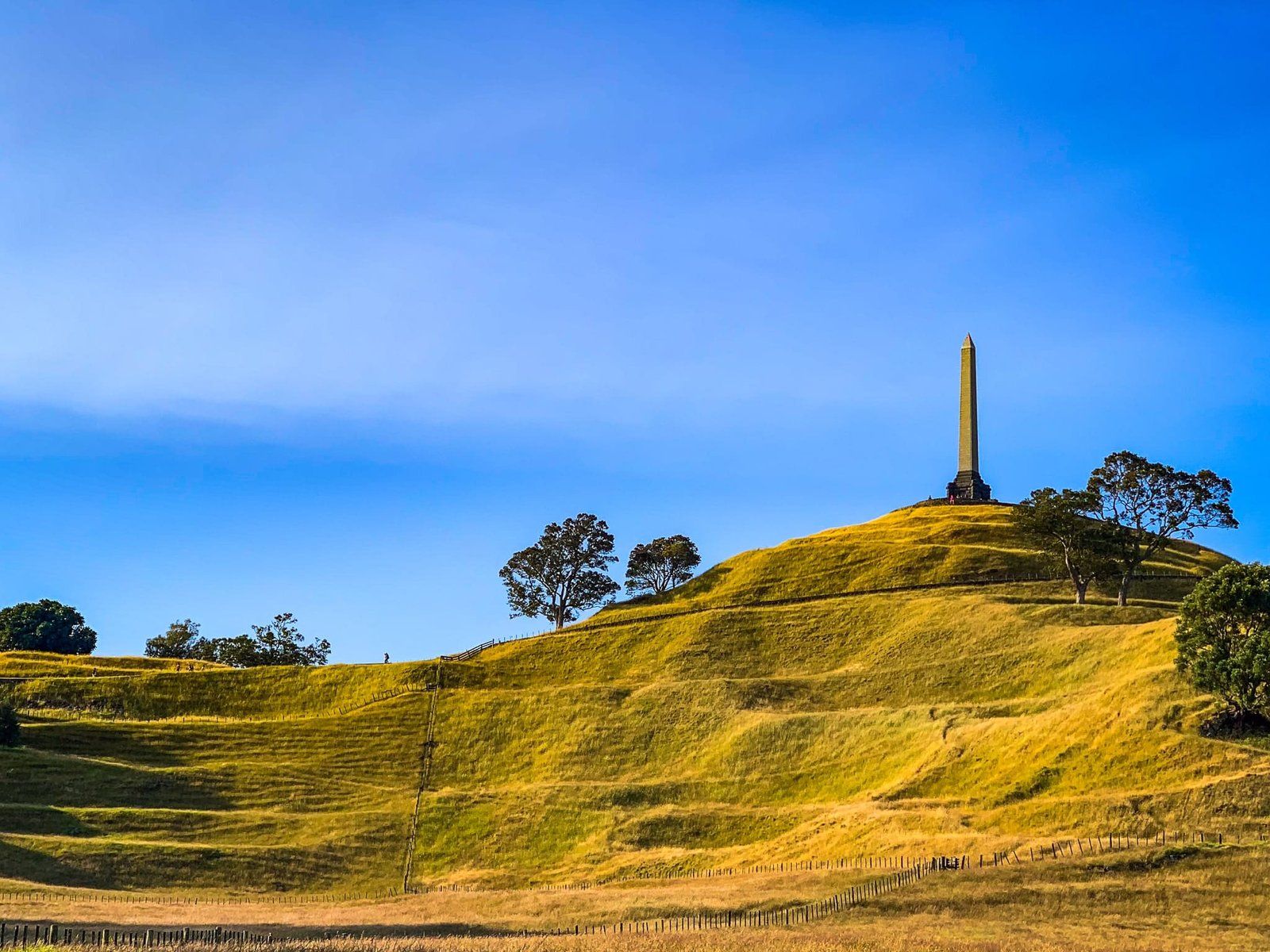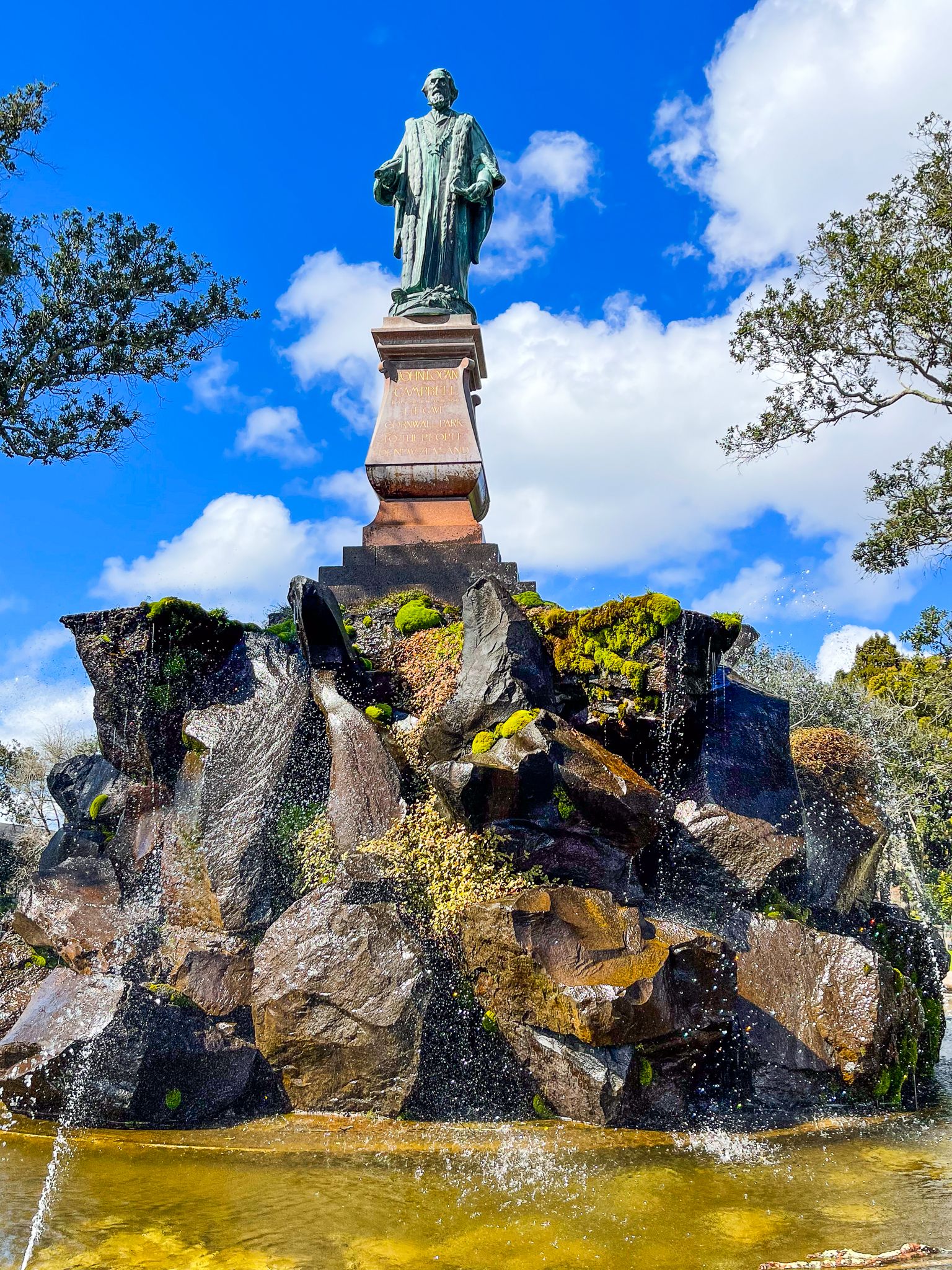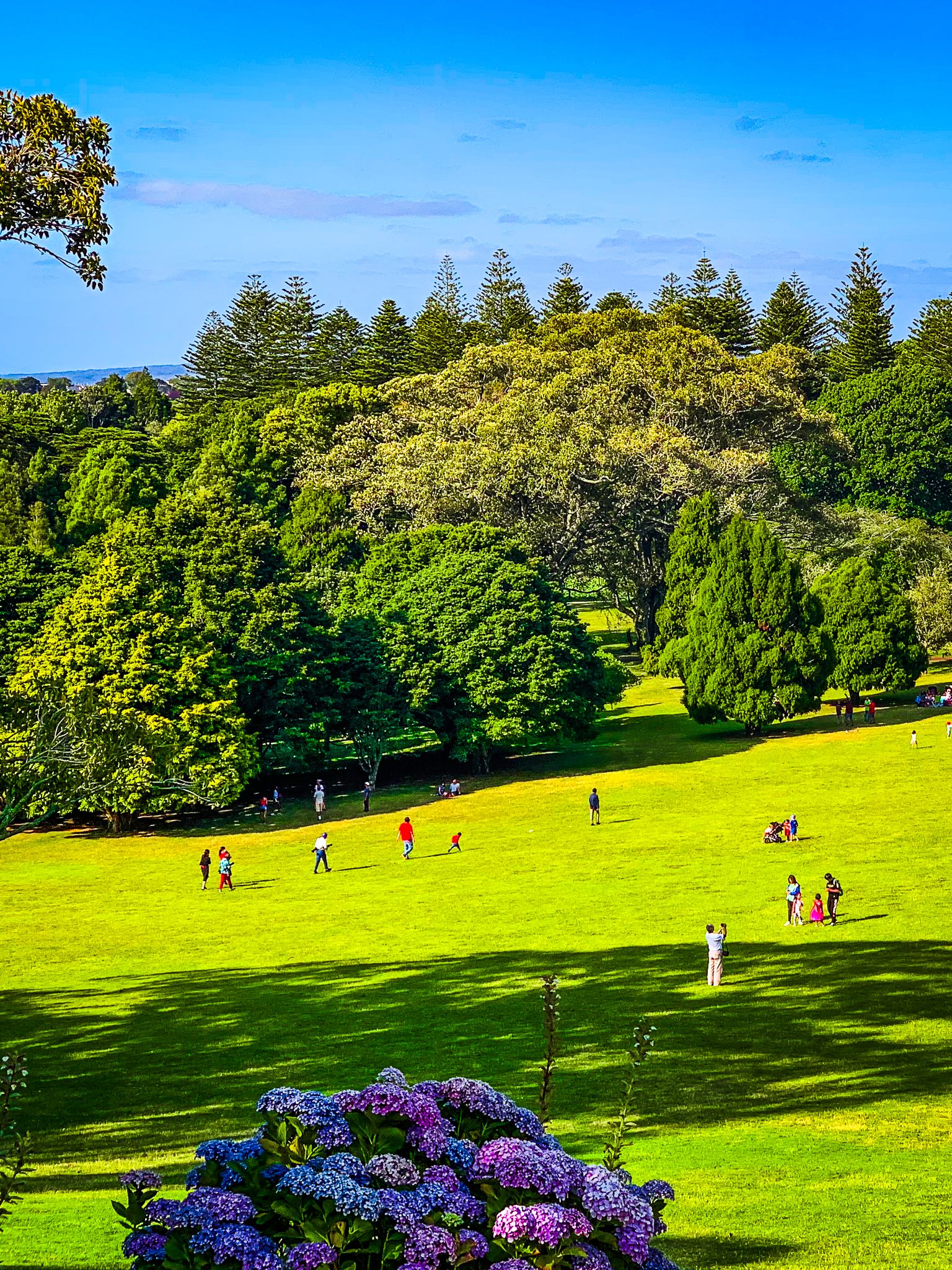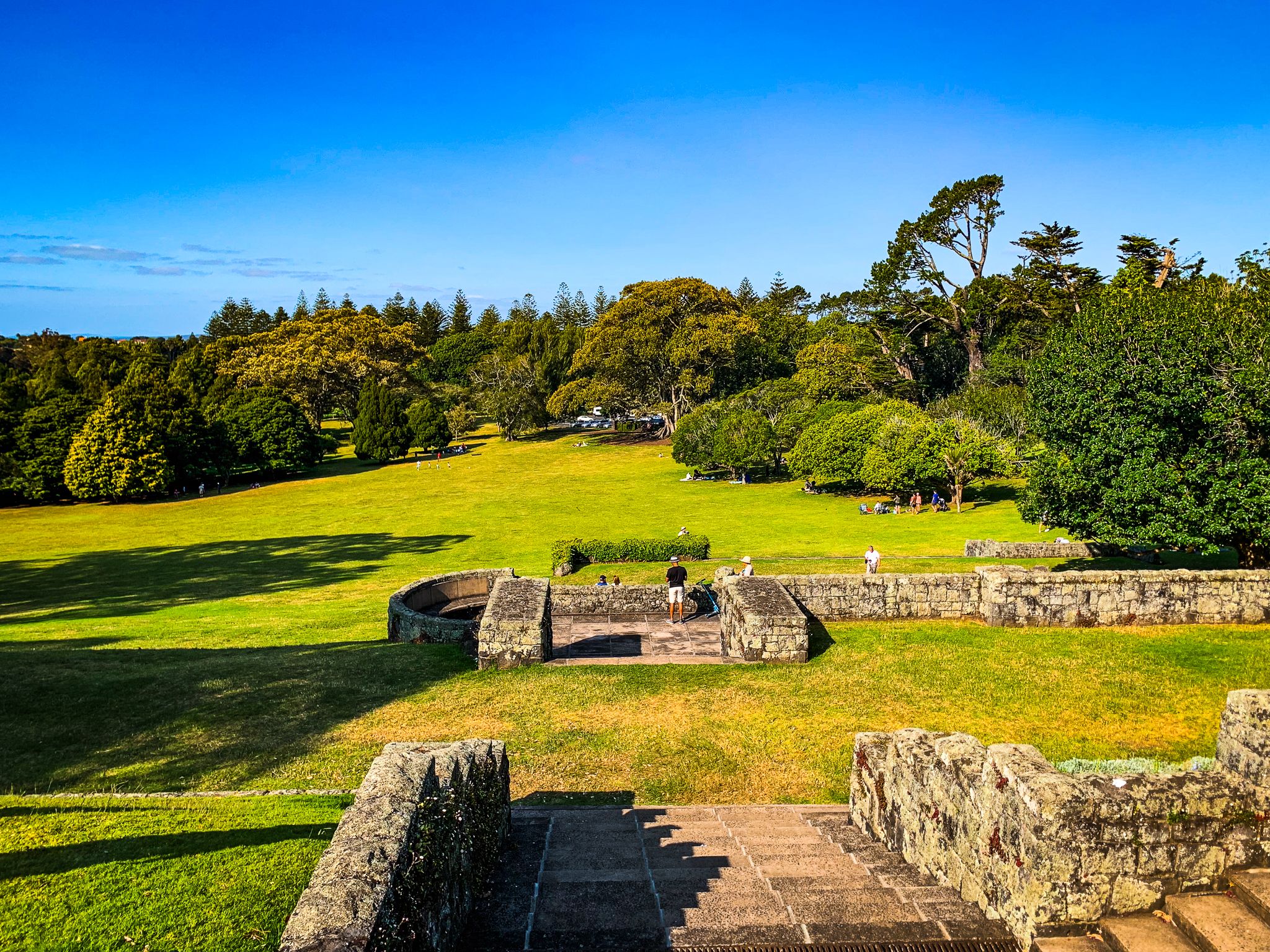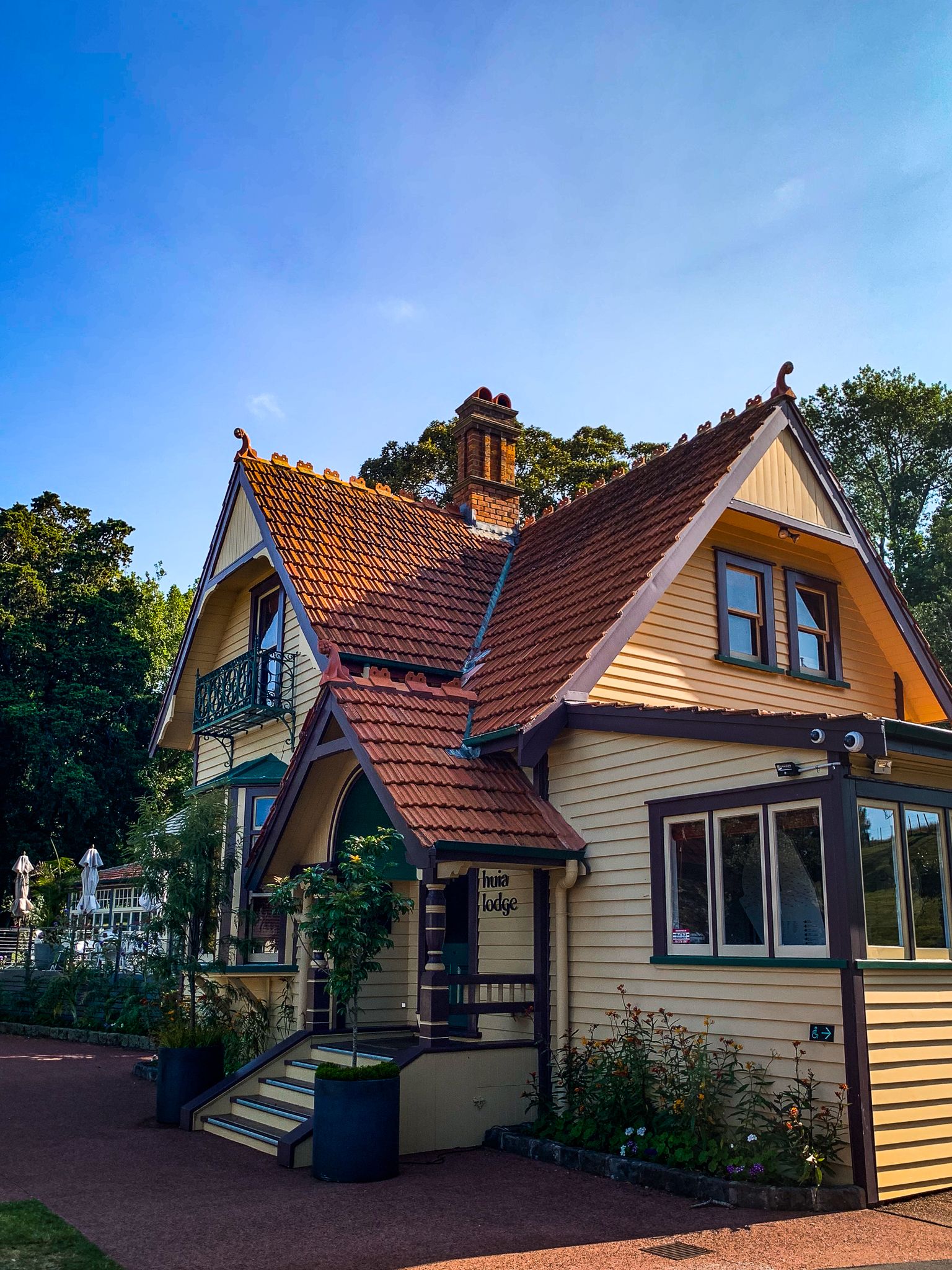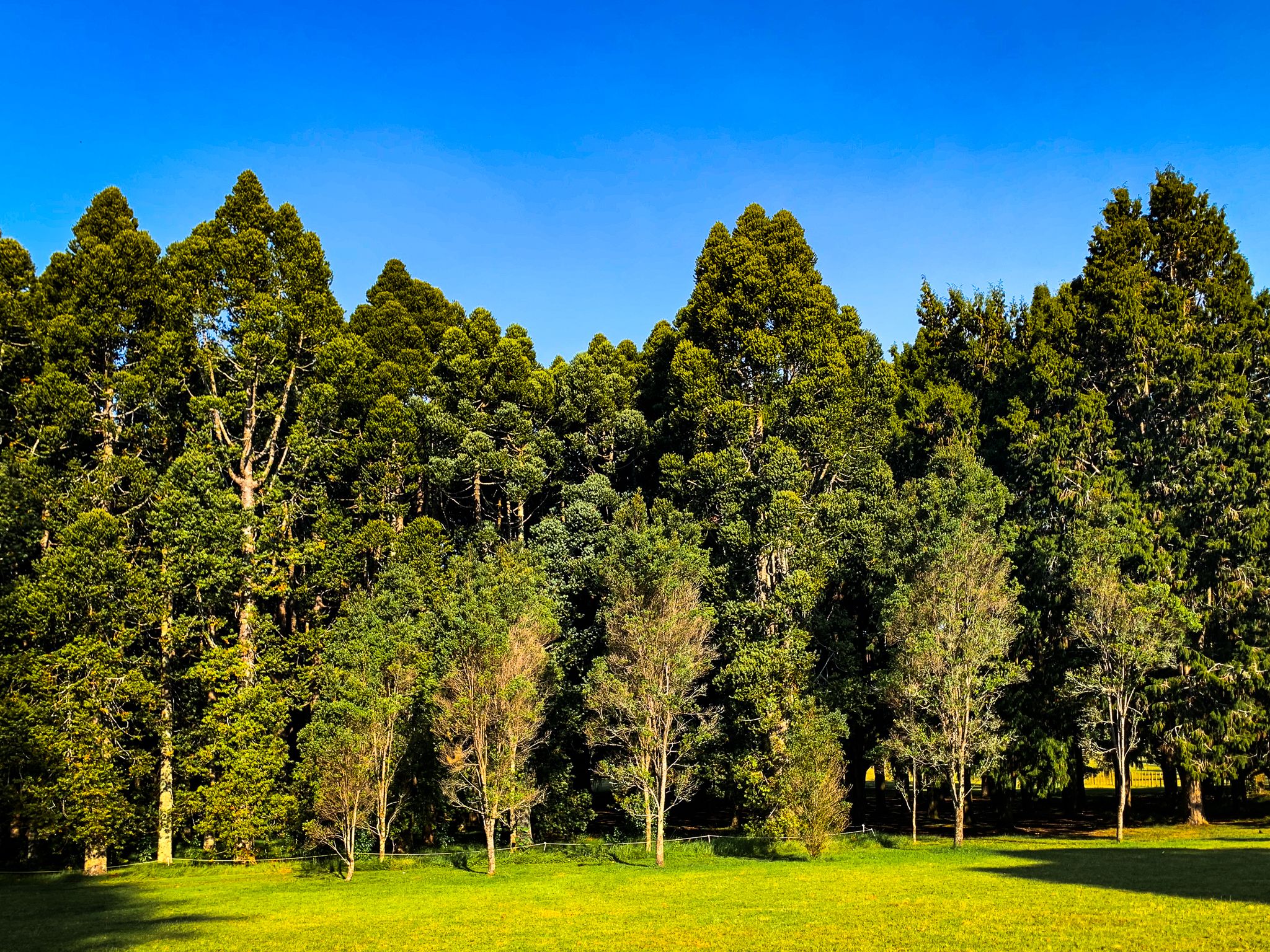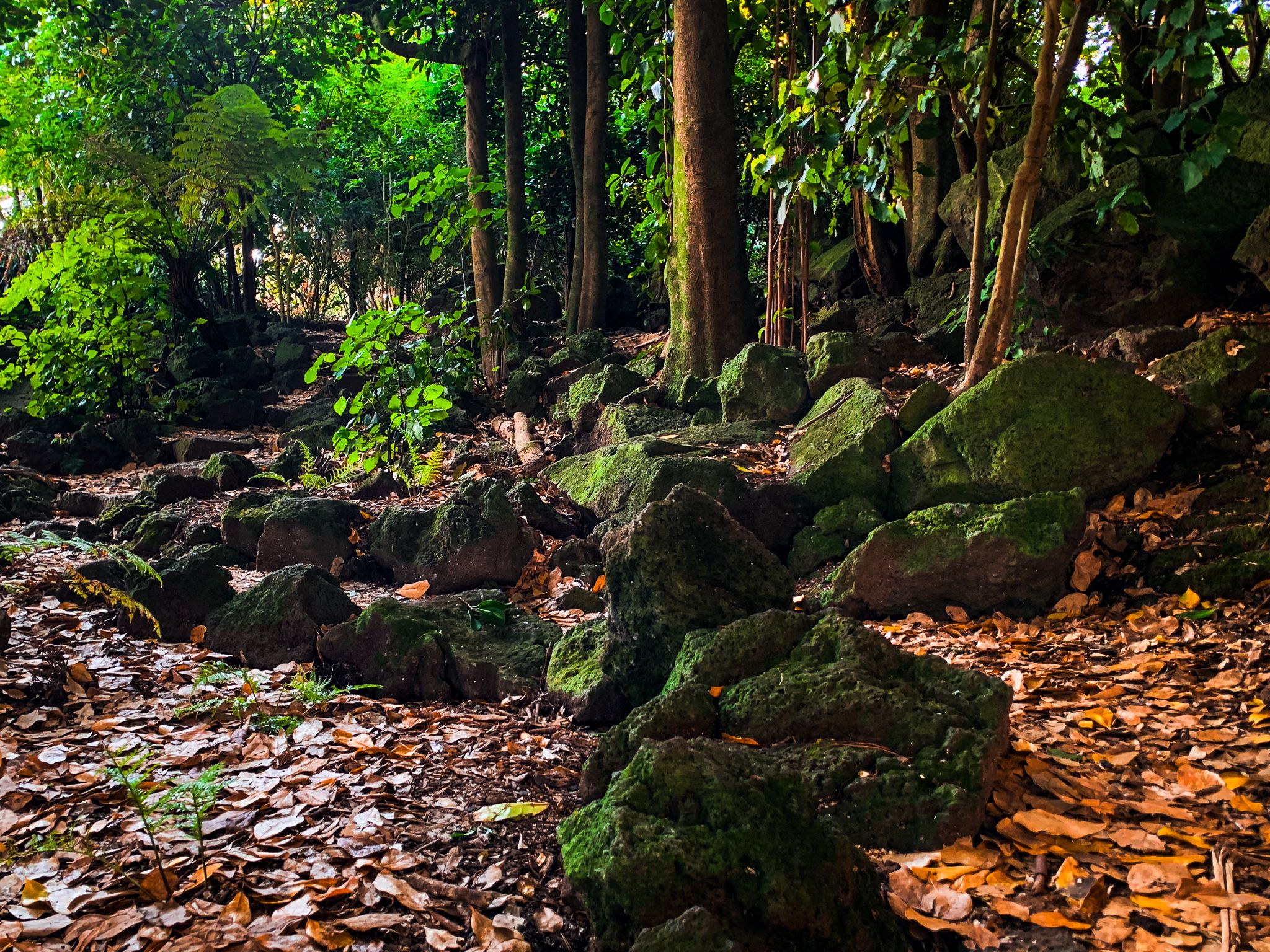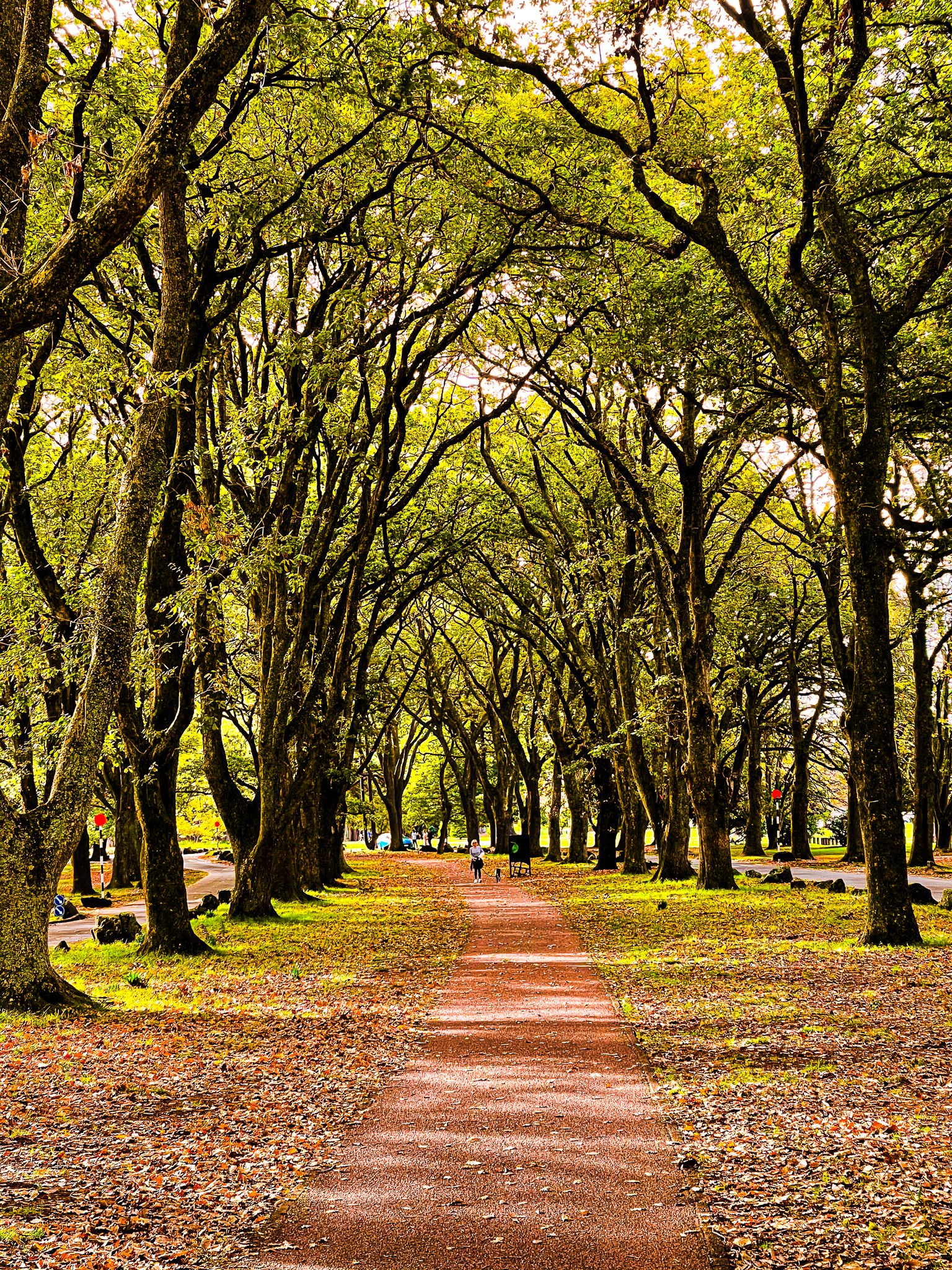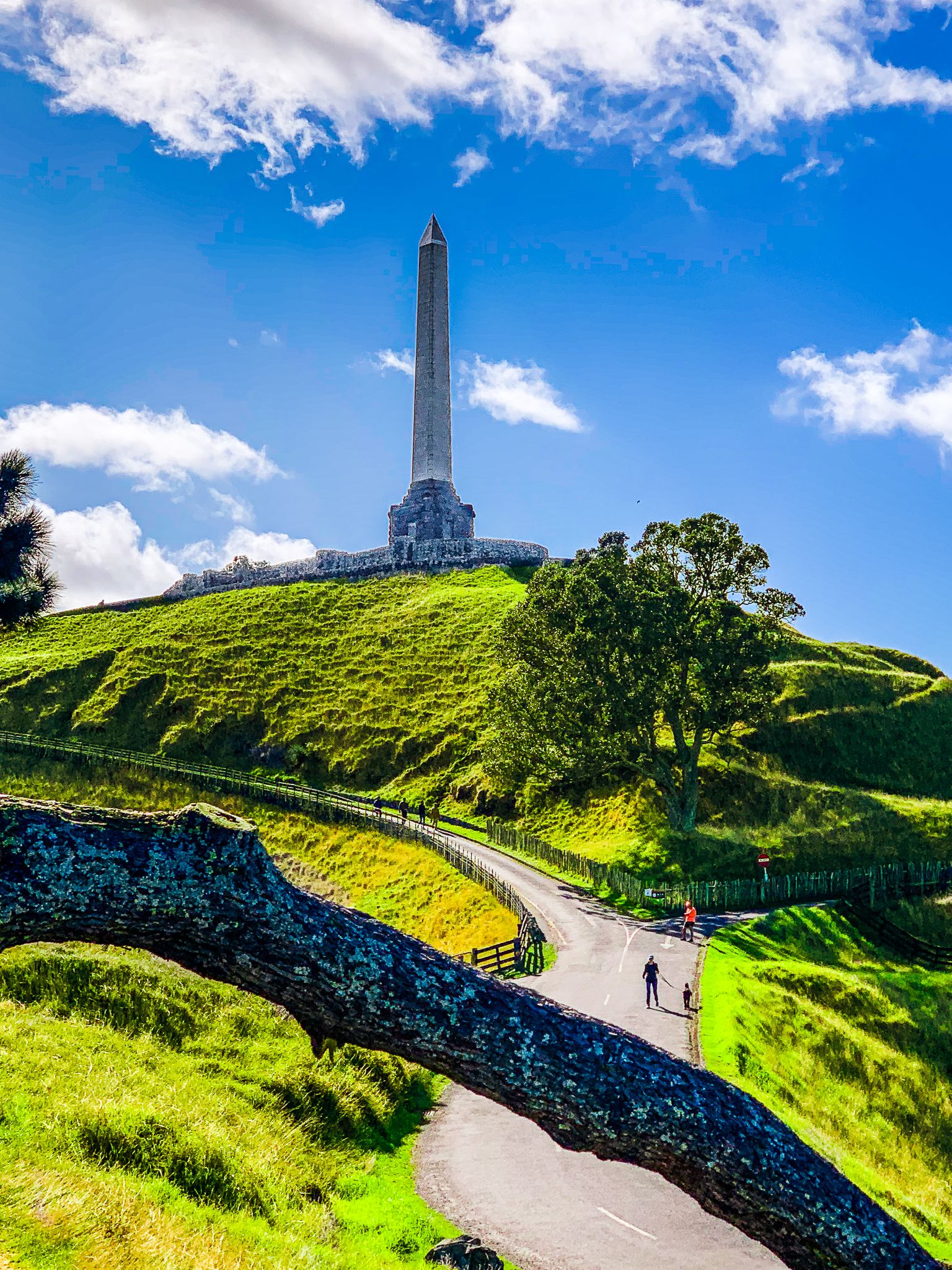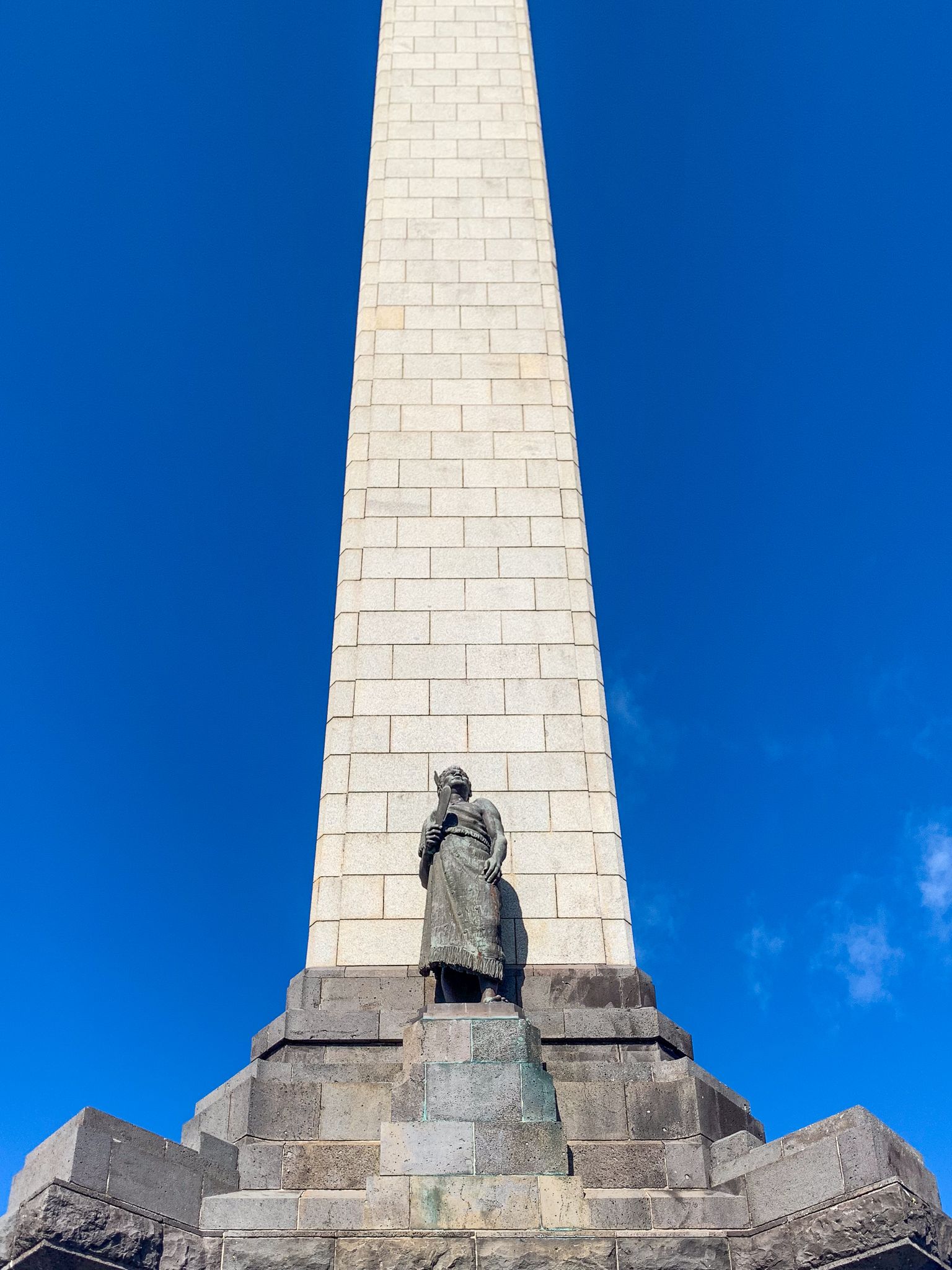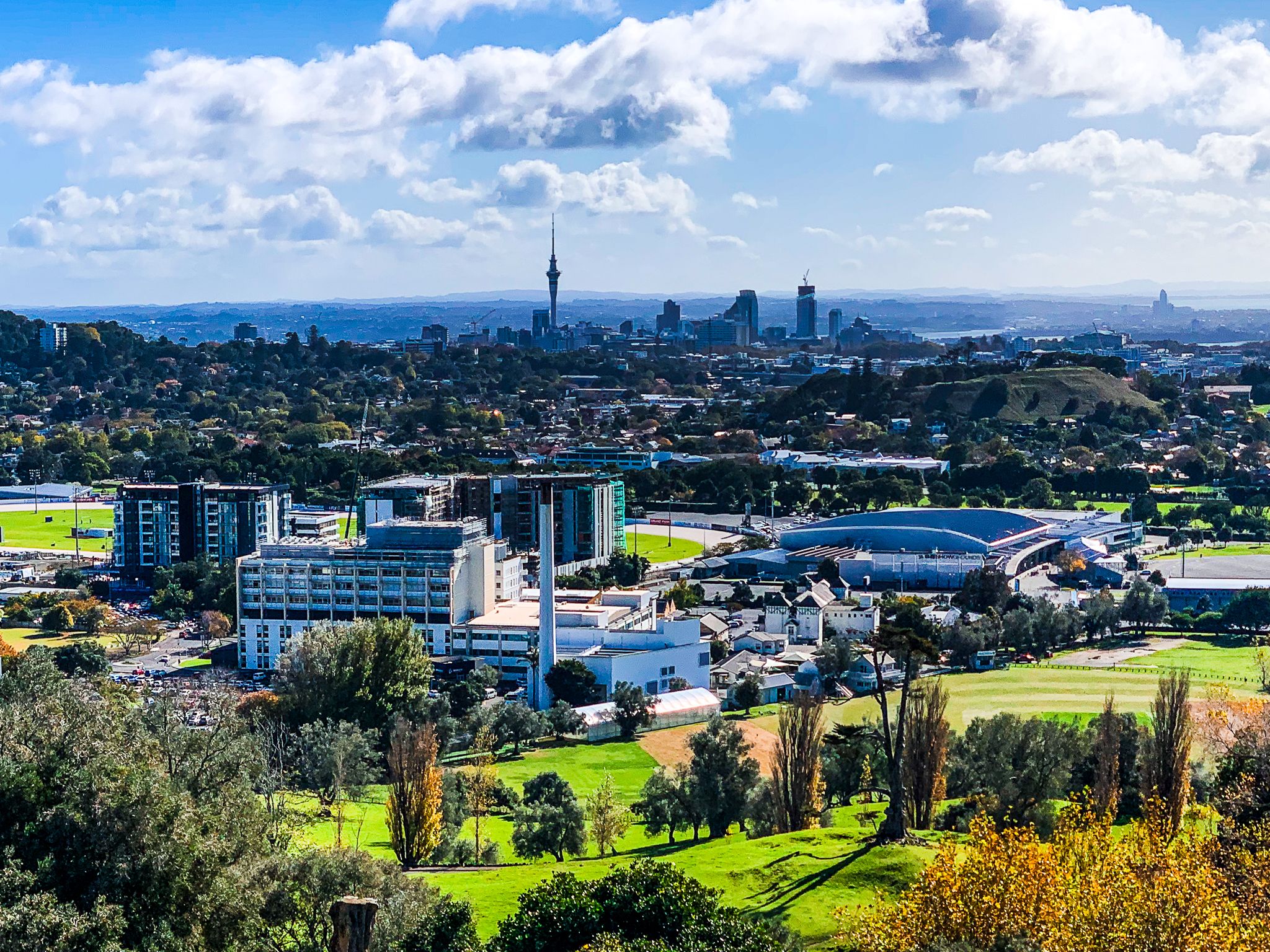Discovering Cornwall Park / Maungakiekie
Cornwall Park and Maungakiekie, located on the Tāmaki Isthmus in Auckland, form the largest park in the region, covering 220 hectares. Situated between the suburbs of Epsom, Royal Oak, One Tree Hill, and Greenlane, this park is notable for its 67,000-year-old volcanic maunga, which features three craters.
Cornwall Park, a flatter section of the park that includes an active farm park, lies on an ancient lava flow and is managed by the Cornwall Park Trust. The park has both expansive landscapes and historical significance.
Historical Significance of Maungakiekie
Maungakiekie (also known as One Tree Hill), means "the mountain of the kiekie," and was once the heart of the Waiohua Confederation, with a pā that dominated the Isthmus until the mid-1700s. The terracing of the maunga began in the 1600s, and it was home to extensive kūmara gardens.
Following an invasion by Ngāti Whātua in the 1740s, the pā was largely abandoned as this iwi settled in other parts of the isthmus. In the 1840s, with the arrival of large numbers of Europeans in the new city of Auckland, Ngāti Whātua sold the land to Thomas Henry. In 1847, Auckland City acquired Maungakiekie and named it One Tree Hill Domain, referring to a single tree that grew on the top of the maunga.
The Legacy of John Campbell
In 1853, John Logan Campbell and a business partner purchased the remaining land from Henry, using it for farming over the next two decades. Campbell later bought out his partner and planned to build a mansion, but his wife disliked the location. Ultimately, Campbell donated the land to the public, and in 1901, the Cornwall Park Trust assumed ownership.
The park's mature pōhutukawa and exotic trees, including New Zealand's first olive grove on the west side, and Huia Lodge reflect this legacy. Today, the park boasts over 350 species of trees, extensive flower gardens, and ongoing sheep and cattle farming. In September, visitors can see lambs and calves.
Monuments and Memorials
At the summit of Maungakiekie stands an obelisk, erected in 1940. Sir John Logan Campbell, who is buried at the top, funded this tribute to honour the Māori people for their "character and achievements." A statue of Campbell is located between Manukau Road and the entrance to Puriri Drive.
The History of One Tree Hill
A single tōtara tree stood on the summit of Maungakiekie from the time of the Waiohua Confederation. By the time Auckland was established, a pōhutukawa tree was present, giving One Tree Hill its European name. This tree was destroyed in the 1850s, and subsequent plantings by Campbell in 1875 resulted in the survival of two Monterey pines. One was vandalised in the 1960s, and the other was damaged beyond repair around 2000. Today, several native trees are growing at the summit, with the intention that the strongest will remain.
How to Get There
Cornwall Park can be accessed via entrances on Greenlane Road, Campbell Road, and Manukau Road. The park features two cafés and offers numerous formal and casual walking paths. For those interested in astronomy, the observatory near Manukau Road provides opportunities for night sky viewings.
Other major parks and maunga around Auckland include Monte Cecilia, Maungawahu / Mt Eden, Maungarei / Mt Wellington, Pukekawa / Auckland Domain and Western Springs.
